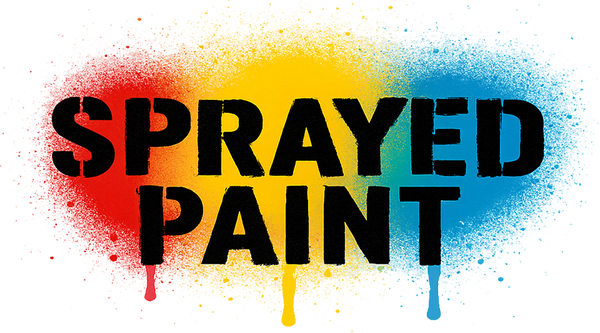
Cartoon
-

DKNG Springfield Silkscreen Print by DKNG
Springfield Limited Edition ICON Series 4-Color Hand-Pulled Silkscreen Print on Fine Art Paper by DKNG Graffiti Street Artist Modern Pop Art. The Simpsons House, Car & Tree House TV Tribute. "Every film has one. A signature prop, set, or location. Something that, in a single image, can represent the entire movie. The design team of Dan Kuhlken and Nathan Goldman, also known as DKNG, call these images “Icons,” and they are the subject of their first-ever solo show at Gallery 1988 West in Los Angeles. The show, called simply ICON, is comprised of 50 pieces featuring iconic places and things from some of your favorite movies and TV shows of all time. Each piece is small – 12 inches square – and is of one thing that sums up an entire movie. And of course, each is done in DKNG’s distinctive bright, geometric yet detailed style.” - DKNG
$159.00
-
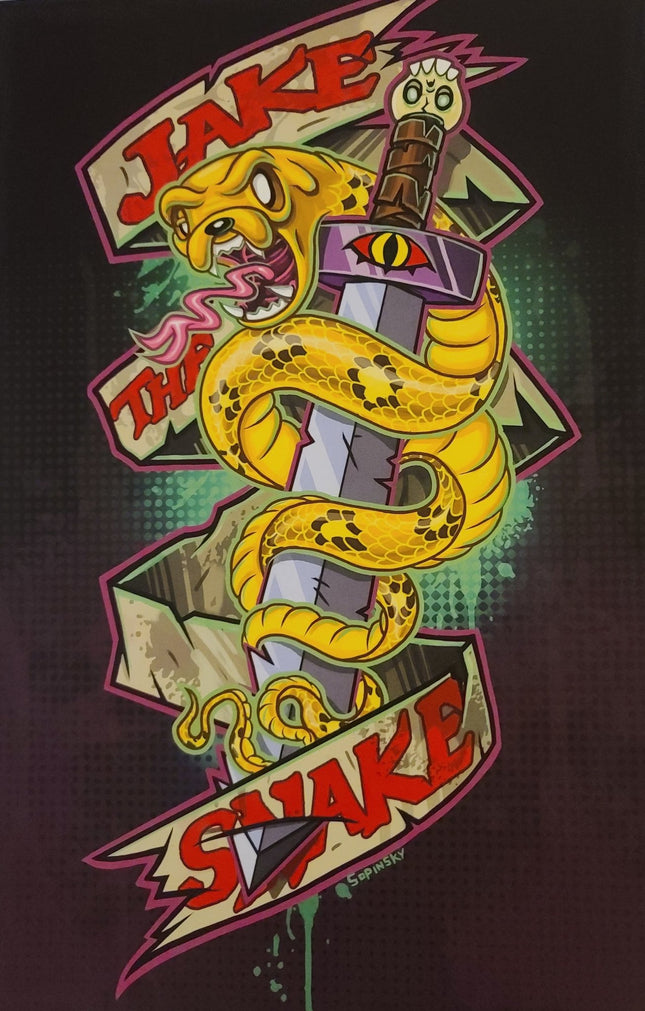
Brandon Sopinsky Jake the Snake Color Giclee Print by Brandon Sopinsky
Jake the Snake- Color Edition Artwork Giclee Limited Edition Print on Fine Art Paper by Pop Culture Graffiti Artist Brandon Sopinsky. Designer Con 2013 Exclussive.
$134.00
-
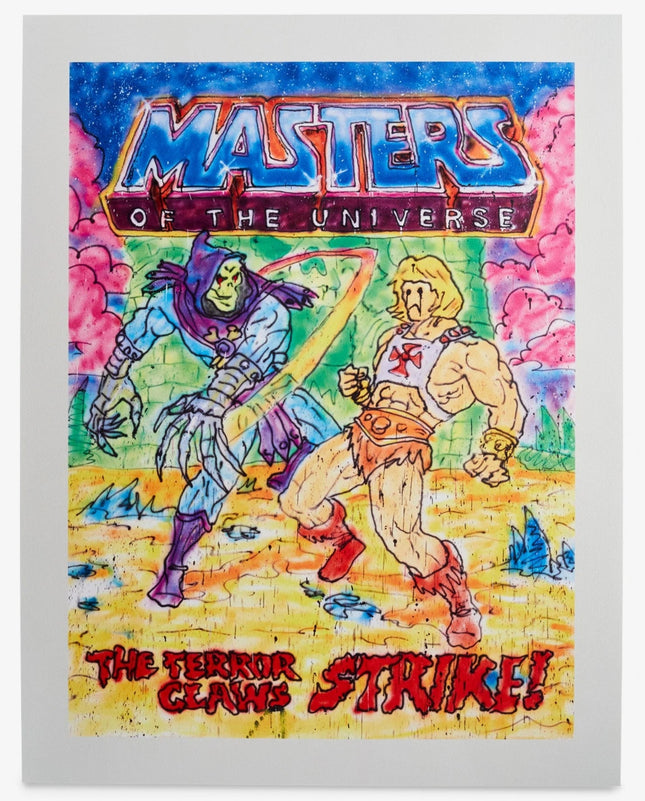
Madsaki Terror Claws MOTU Giclee Print by Madsaki
Terror Claws Pop Street Artwork Limited Edition Giclee Print on Hand Deckled Fine Art Paper by Urban Graffiti Modern Artist Madsaki x MOTU. 2022 Limited Edition 19.3x24.75 Renowned Contemporary Artist Madsaki holds a special place in his heart for Masters of the Universe. When he first moved to America, the OG cartoon helped him to learn English while the ‘80s animation helped fuel his artistic imagination. This art print (based on his signature acrylic and aerosol on canvas style) features the Masters in action with his signature colors and flair. Action scene featuring Skeletor and his Terror Claws against He-Man
$533.00
-
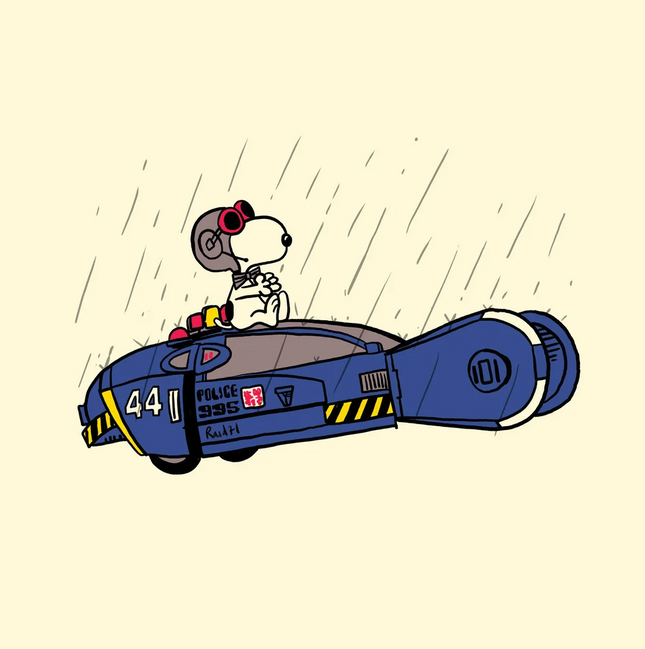
Raid71 Peanuts Runner Snoopy Spinner Giclee Print by Raid71
Peanuts Runner Snoopy Spinner Giclee Print by Raid71 Artwork Giclee Limited Edition Print on Fine Art Paper by Pop Culture Graffiti Artist Raid71. 2023 Signed & Numbered Limited Edition of TBD Artwork Size 5x5 Giclee Print by Raid71 Peanuts Charlie Brown x Blade Runner. "Peanuts" is a popular American comic strip created by Charles M. Schulz that was first published on October 2, 1950. The strip revolves around a group of children, with the central character being Charlie Brown, who is often accompanied by his pet beagle, Snoopy. The strip explores themes such as friendship, love, and the challenges of growing up. "Peanuts" has become one of the most popular and influential comic strips in history, and its characters are widely recognized and loved around the world. "Blade Runner" is a science fiction film directed by Ridley Scott that was released in 1982. The film is set in a dystopian future in which genetically engineered beings called replicants have been created to perform dangerous or undesirable jobs on off-world colonies. When a group of replicants escape and come to Earth, a specialized police officer called a blade runner is tasked with hunting them down and "retiring" them. The film explores themes such as the nature of humanity, the ethics of creating artificial life, and the consequences of technological advancement. "Blade Runner" has become a cult classic and is widely regarded as one of the most influential science fiction films ever made.
$86.00
-
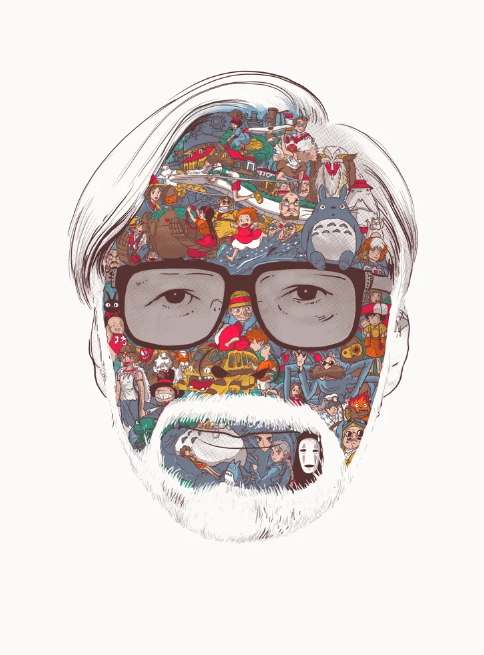
Raid71 Storyteller AP Silkscreen Print by Raid71
Storyteller AP Silkscreen Print by Raid71 Artist Proof Hand-Pulled Screen Print on Fine Art Paper Limited Edition Pop Street Art Artwork. AP Artist Proof 2023 Signed & AP Marked Original Run Limited Edition Artwork Size 18x24 of Hayao Miyazaki Storyteller AP Silkscreen Print by Raid71: A Vibrant Celebration of Hayao Miyazaki in Street Pop Art & Graffiti Artwork The Storyteller AP Silkscreen Print by Raid71 is a stunning addition to the world of Street Pop Art & Graffiti Artwork. Crafted as an Artist Proof in 2023, this hand-pulled screen print is a powerful tribute to Hayao Miyazaki, one of the most influential figures in animation and storytelling. Raid71, born Chris Thornley in the United Kingdom, is renowned for his ability to infuse popular culture into detailed and emotionally resonant works of art. Sized at 18x24 inches and produced on fine art paper, this limited edition piece offers collectors a rare and intimate portrayal of Miyazaki. With every brush of color and line of ink, the print immerses the viewer in a vibrant tapestry built from the unforgettable scenes and characters that have made Miyazaki a household name across the globe. The Construction and Meaning Behind the Storyteller AP Print Every aspect of the Storyteller AP Silkscreen Print reflects meticulous care and dedication. As a hand-pulled screen print, each copy of the artwork carries slight nuances, capturing the authenticity and tactile richness that mechanical reproductions cannot replicate. The Artist Proof status of this edition, signed and AP marked by Raid71 himself, marks it as a particularly rare and treasured version among collectors. The visual composition layers iconic moments and beloved characters from Miyazaki’s legendary films like Spirited Away, Howl's Moving Castle, and My Neighbor Totoro. Rather than presenting Miyazaki through a traditional portrait, Raid71 constructs his visage out of the very elements that define his storytelling universe. This method honors the dynamic energy of Street Pop Art & Graffiti Artwork, where art serves as both a celebration and a commentary on its subject. Hayao Miyazaki’s Influence in the World of Contemporary Art Hayao Miyazaki, born in 1941 in Tokyo, Japan, remains alive as of 2025 and continues to inspire millions through his imaginative worlds and nuanced storytelling. Known for his deep engagement with themes such as nature, humanity, and pacifism, Miyazaki’s works transcend cultural boundaries and have cemented his place in global popular culture. The Storyteller AP Print by Raid71 captures this universality, highlighting how Miyazaki’s characters and narratives resonate across generations and cultures. The print offers a unique visual archive, mapping out the richness of Miyazaki’s creative spirit in a format that speaks directly to the contemporary sensibilities of Street Pop Art & Graffiti Artwork. Raid71’s work demonstrates how pop and street influences can celebrate the figures who have helped shape modern storytelling without losing the rebellious and expressive nature inherent to the medium. Street Pop Art & Graffiti Artwork as a Platform for Homage and Innovation The Storyteller AP Silkscreen Print exemplifies how Street Pop Art & Graffiti Artwork serves as a vital platform for honoring cultural icons while pushing artistic boundaries. Through vivid color palettes, intricate details, and hand-crafted techniques, Raid71 channels the spontaneity and boldness of street culture into a refined yet accessible artwork. The decision to use silkscreen printing underscores the tactile relationship between artist and medium, a hallmark of street and pop art traditions. Hayao Miyazaki’s likeness, reimagined through his own creations, becomes a living, breathing symbol of creativity, compassion, and wonder. The Storyteller AP Print captures not just a face but an entire world, woven together by the threads of imagination and visual storytelling that define both Miyazaki’s legacy and the enduring vibrancy of Street Pop Art & Graffiti Artwork.
$205.00
-
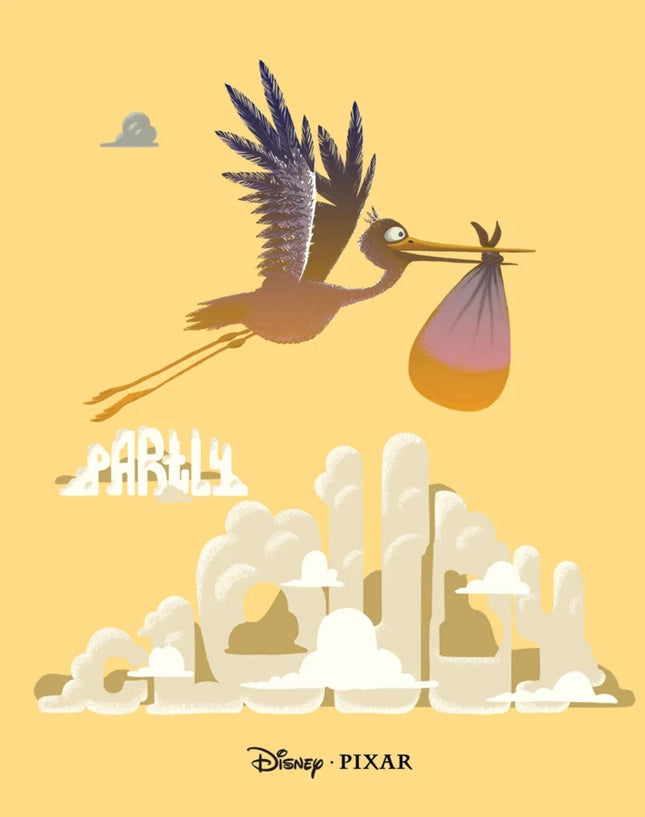
Raid71 Partly Cloudy AP Giclee Print by Raid71
Partly Cloudy AP Pop Modern Movie Artwork Limited Edition Giclee Print on Fine Art Paper by Pixar Graffiti Modern Artist Raid71. AP Artist Proof 2022 Official Pixar print Partly Cloudy 5x6 Short Print Giclee Signed Hand-numbered edition
$146.00
-

MartÍ Sawe Cartoon Process 1 Silkscreen Print by MartÍ Sawe
Cartoon Process 1 Silkscreen Print by MartÍ Sawe Hand-Pulled on 300gsm Extra White Inuit Fine Art Paper Limited Edition Screenprint Artwork. 2020 Signed & Numbered Limited Edition of 60 Artwork Size 19.69x27.56 Silkscreen Print Cartoon Process 1 by Martí Sawe Street Pop Art & Graffiti Artwork Cartoon Process 1 by Martí Sawe is a 2020 silkscreen print that fuses the dynamic edge of street art with the layered complexity of abstract pop visual language. Measuring 19.69 by 27.56 inches and printed on 300gsm extra white Inuit fine art paper, this hand-pulled edition was limited to only 60 signed and numbered copies. Sawe, a Barcelona-born artist, brings a distinctive voice to Street Pop Art & Graffiti Artwork by incorporating cartoon iconography, hand-drawn elements, machine graphics, and visual metaphors within color-blocked structures that mimic digital composition while remaining fully analog in technique. The artwork is both an investigation into image-building and a reflection of cultural overload, piecing together fragments of commercial design, urban symbology, and comic influence. Martí Sawe’s Visual Vocabulary and Conceptual Layers Sawe's work stands out for its fearless use of hybridization. In Cartoon Process 1, his practice of mixing clean digital motifs with expressive sketches and painterly textures forms a canvas of dual perception. On one hand, there is the suggestion of modern communication through signage, logos, and mechanical renderings. On the other, childlike hands and cartoon heads evoke memory, raw creativity, and an intentionally unpolished gesture. These coexisting elements challenge the viewer to process the artwork not in linear narrative but in layered fragments. The combination of technical rendering with expressive marks captures the duality of the contemporary urban landscape—digitalized yet messy, calculated yet spontaneous. Silkscreen as a Deliberate Choice in Street Pop Context The choice of silkscreen printmaking is essential to the impact of Cartoon Process 1. Silkscreen has long been embraced by pop and street artists, from Andy Warhol to Shepard Fairey, as a means to flatten and multiply images without sacrificing detail. In Sawe’s case, the medium allows for crisp separation of layered forms while still honoring the hand of the artist. The printing process used for this work enables an intricate play between opacity and transparency, allowing vivid color zones to remain distinct while textured overlays create depth. Each edition reflects the controlled craftsmanship behind graffiti-based fine art, echoing the balance between street spontaneity and studio execution. Cartoon Process 1 and the Urban Graphic Language of Martí Sawe Cartoon Process 1 fits squarely within Martí Sawe’s body of work, which consistently reflects an interest in pop culture, signage, and the absurd. Sawe operates in the in-between space of fine art and graffiti subculture, often experimenting with typography, character distortion, and playful collage. His fluency in visual languages across art, design, and street aesthetics positions his pieces as uniquely tuned to modern visual noise. The silkscreen print is not simply decorative but investigatory, prompting viewers to reflect on media saturation, image consumption, and symbolic architecture. Cartoon Process 1 is an exemplar of how Street Pop Art & Graffiti Artwork can remain raw and reflective while ascending into collectible fine art.
$340.00
-

Raid71 Peanuts Runner Sally Franklin Pig-Pen & Charlie Brown Giclee Print by Raid71
Peanuts Runner Sally Franklin Pig-Pen & Charlie Brown Giclee Print by Raid71 Artwork Giclee Limited Edition Print on Fine Art Paper by Pop Culture Graffiti Artist Raid71. 2023 Signed & Numbered Limited Edition of TBD Artwork Size 5x5 Giclee Print by Raid71 Peanuts Charlie Brown x Blade Runner. Peanuts is a popular comic strip created by Charles M. Schulz that debuted on October 2, 1950, and ran until February 13, 2000. The comic strip featured a group of children, including Charlie Brown, Snoopy, Lucy, Linus, and Peppermint Patty, and explored themes such as friendship, family, and love. Peanuts became one of the most successful and influential comic strips in history, and has been adapted into various forms of media, including television shows, movies, and books. Blade Runner is a science fiction film directed by Ridley Scott that was released in 1982. The film is set in a dystopian future where genetically engineered beings called replicants are used as slaves in off-world colonies. The film follows Rick Deckard (Harrison Ford), a retired Blade Runner tasked with hunting down a group of replicants who have escaped and returned to Earth. The film explores themes such as identity, mortality, and what it means to be human. Blade Runner has become a cult classic and has influenced many other works in the science fiction genre.
$86.00
-
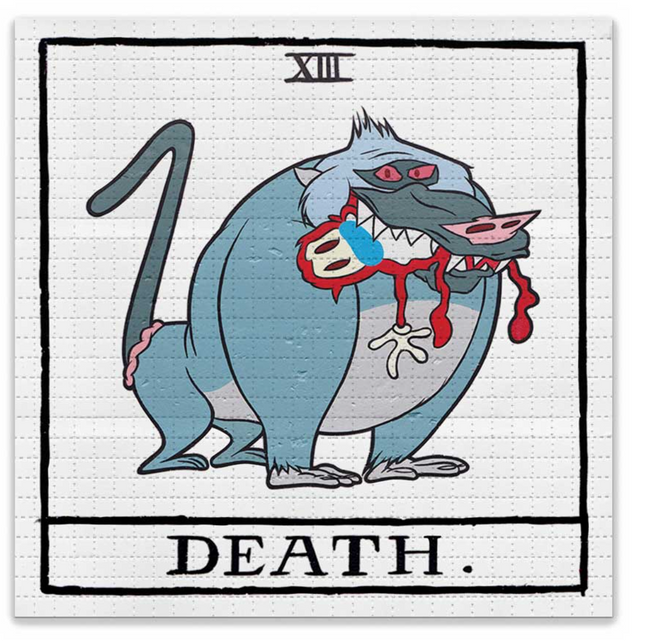
Skel Baboons Ate My Pants Blotter Paper Archival Print by Skel
Baboons Ate My Pants Blotter Paper Archival Print by Skel Limited Edition Fine Art Archival Pigment Print Art on Perforated Blotter Paper. 2023 Signed & Numbered Limited Edition of 40 Archival Pigment Print on Perforated Blotter Paper Size: 7.5 x 7.5 Inches Release: April 19, 2023 Ren & Stimpy Monkey Ape Tarot Card Limited blotter editions are hand-perforated by Zane Kesey. Blotter paper artwork prints are a unique form of art that involves transferring ink onto specially treated blotter paper. The resulting prints are often abstract and colorful, and can be used for a variety of decorative and artistic purposes. To create a blotter paper artwork print, the artist first prepares the blotter paper by treating it with chemicals that will enhance its absorbency and ability to hold ink or dye. Then, ink or dye is applied to the paper using various techniques, such as dripping, pouring, or spraying. The paper is left to dry, and the resulting print is then carefully removed from the blotter paper. Archival printing techniques are used to produce high-quality prints of the original artwork. This involves using high-quality inks and paper that are designed to last for a long time without fading or deteriorating. Archival prints are also resistant to moisture and sunlight, which helps to preserve the artwork for years to come. Blotter paper artwork prints can be a great addition to any home or office decor, and they are often used as a unique form of wall art. They are also popular among collectors and art enthusiasts, as each print is one-of-a-kind and can never be replicated exactly.
$360.00

